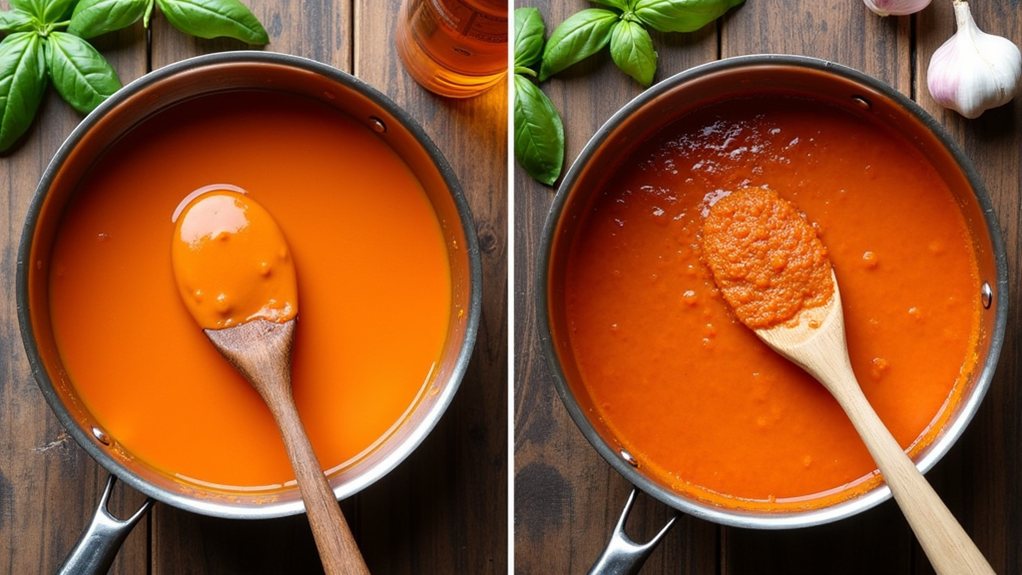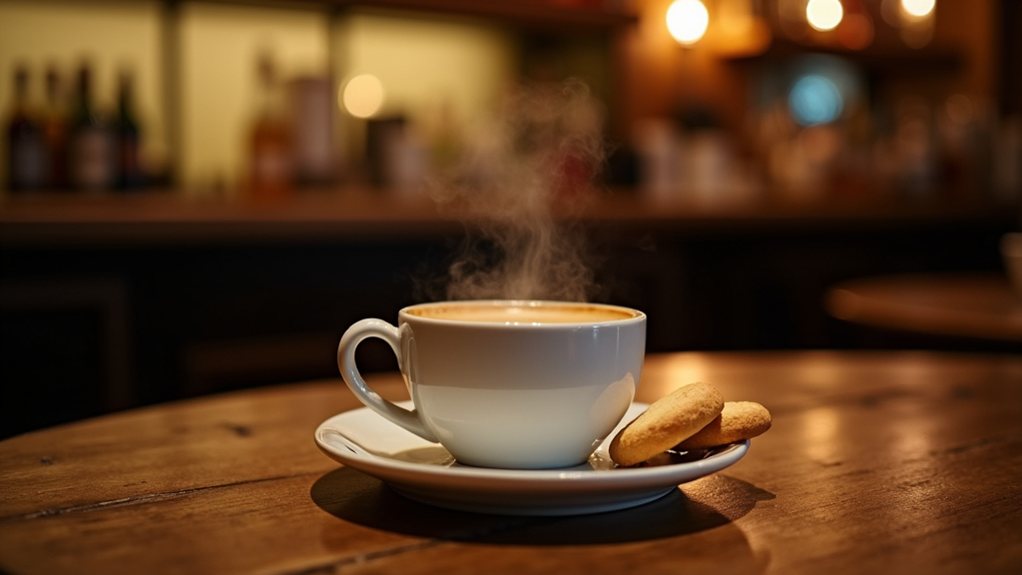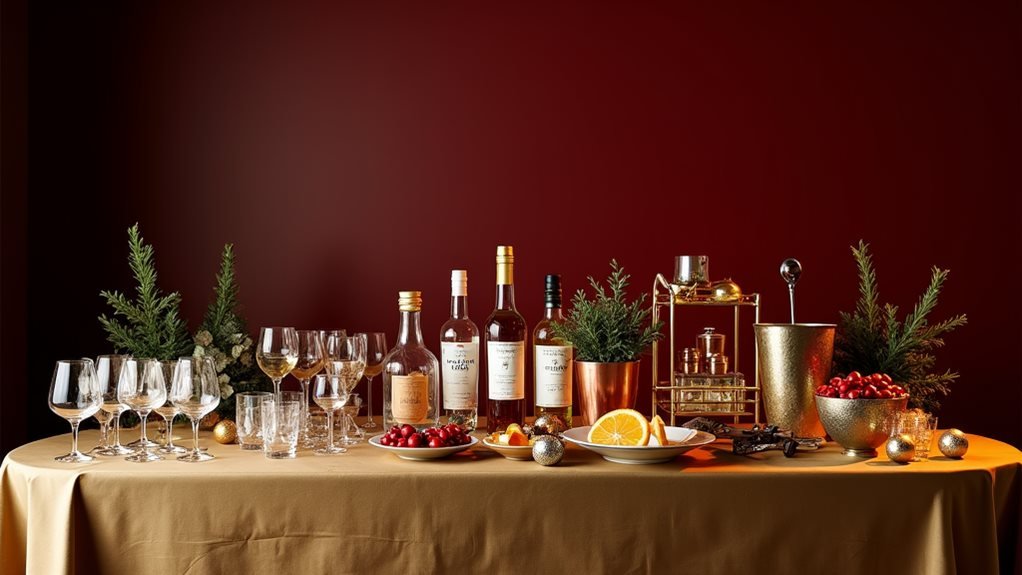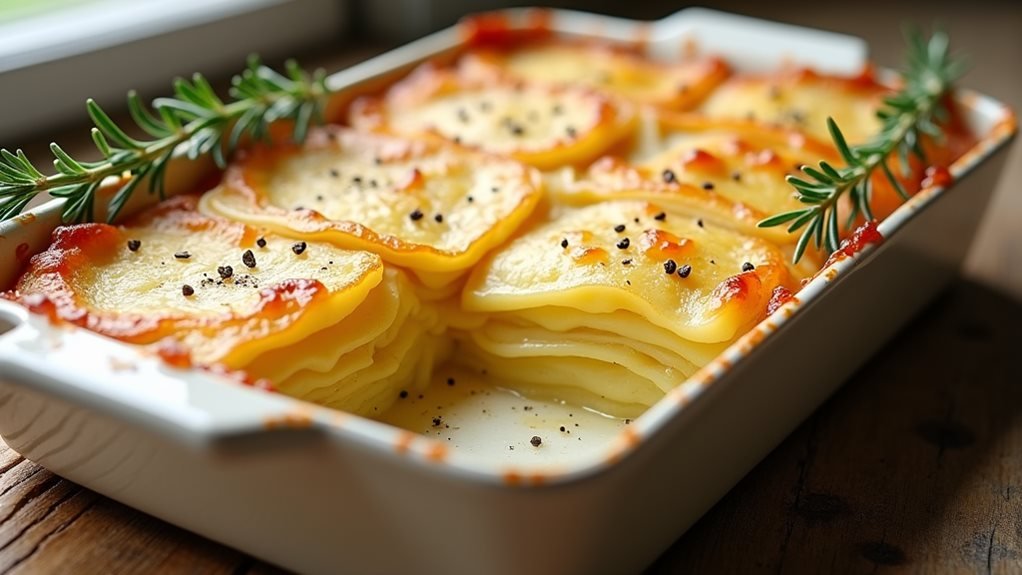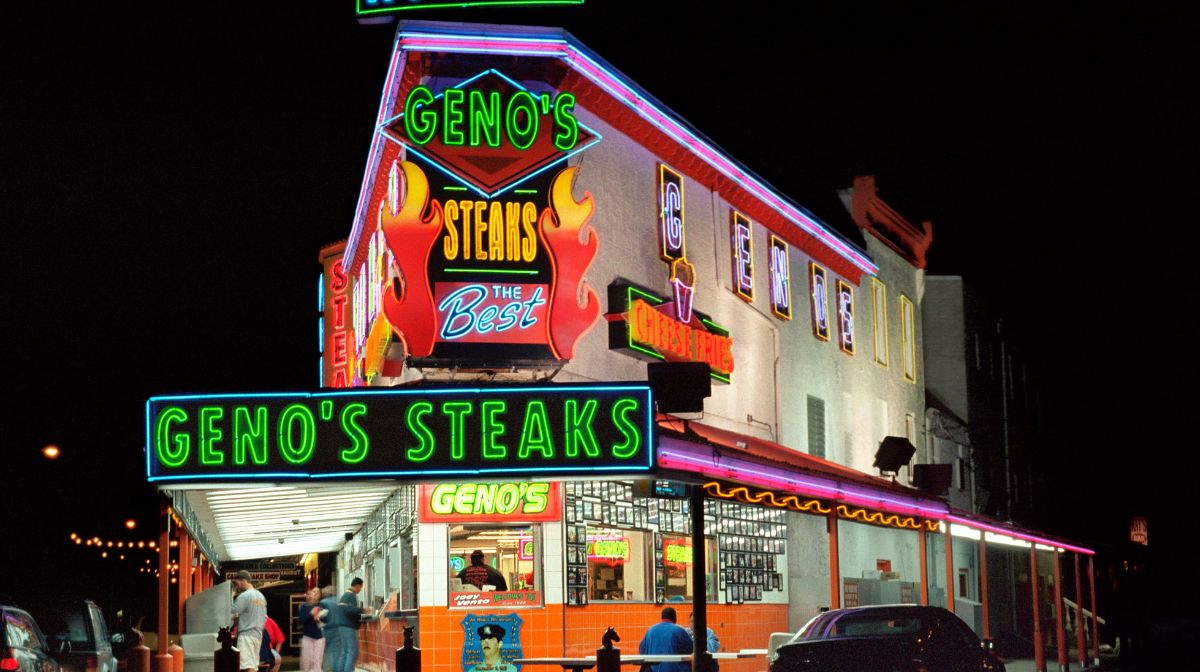When it pertains to vodka sauce, timing isn't just significant—it's everything. Home cooks often make the vital mistake of adding vodka too late in the cooking process, resulting in a harsh, alcohol-forward flavor that overpowers the delicate balance of the dish. The science behind this error involves alcohol's evaporation rate and its chemical interaction with tomatoes and cream. Properly executed, the vodka should enter the pan after aromatics but before tomatoes, creating that signature velvety texture food lovers crave. What happens chemically during those essential minutes?
The Science of Proper Vodka Timing
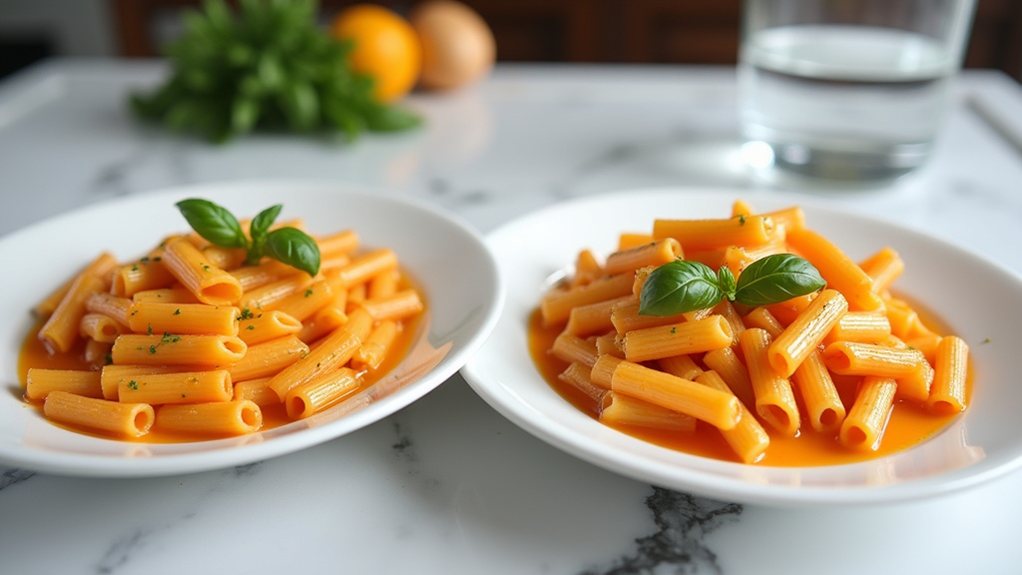
While vodka sauce has become a staple in Italian-American cuisine, many home cooks commit a fundamental error when preparing this creamy, tomato-based delicacy. This crucial mistake, which can transform a potentially sublime sauce into a disappointing culinary letdown, is remarkably simple: adding the vodka too late in the cooking process.
The science behind vodka sauce reveals why timing matters so considerably. Vodka serves as more than just a flavorful addition; it acts as a chemical emulsifier that binds the water-based tomato components with the fat-based cream elements. When cooks add vodka during the final minutes of preparation, it fails to integrate properly, remaining harsh and alcoholic while preventing the sauce from achieving its characteristic silky consistency.
Vodka's true purpose isn't about booze, but chemistry—transforming disparate ingredients into silky, harmonious sauce through proper timing.
Properly executed vodka sauce requires adding the spirit after sautéing the aromatics but before incorporating the tomatoes. This sequence allows the alcohol to cook off gradually, leaving behind only the vodka's flavor-enhancing properties while eliminating that unwelcome alcoholic bite. Most professional chefs recommend a simmering period of at least 20-30 minutes after adding vodka, ensuring the alcohol evaporates while its flavor compounds infuse throughout the sauce.
Another dimension of this common error involves quantity. Using too much vodka—more than approximately ¼ cup per pound of pasta—can overwhelm the delicate balance of flavors, creating a sauce that tastes harsh rather than harmonious. The vodka should complement, not dominate, the sweet tomatoes and rich cream.
Temperature control also plays a crucial role in this process. Adding vodka to an extremely hot pan can cause immediate evaporation, preventing it from properly integrating with the other ingredients. Instead, reduce heat to medium before incorporating the spirit, allowing it to meld gradually with the aromatics.
When prepared correctly, vodka sauce achieves a magical balance—tangy yet creamy, rich yet bright. By avoiding the fundamental mistake of improper vodka timing, home cooks can enhance this beloved sauce from merely good to genuinely memorable. The difference isn't subtle; it's the distinction between a sauce that merely sits on pasta and one that transforms it.
